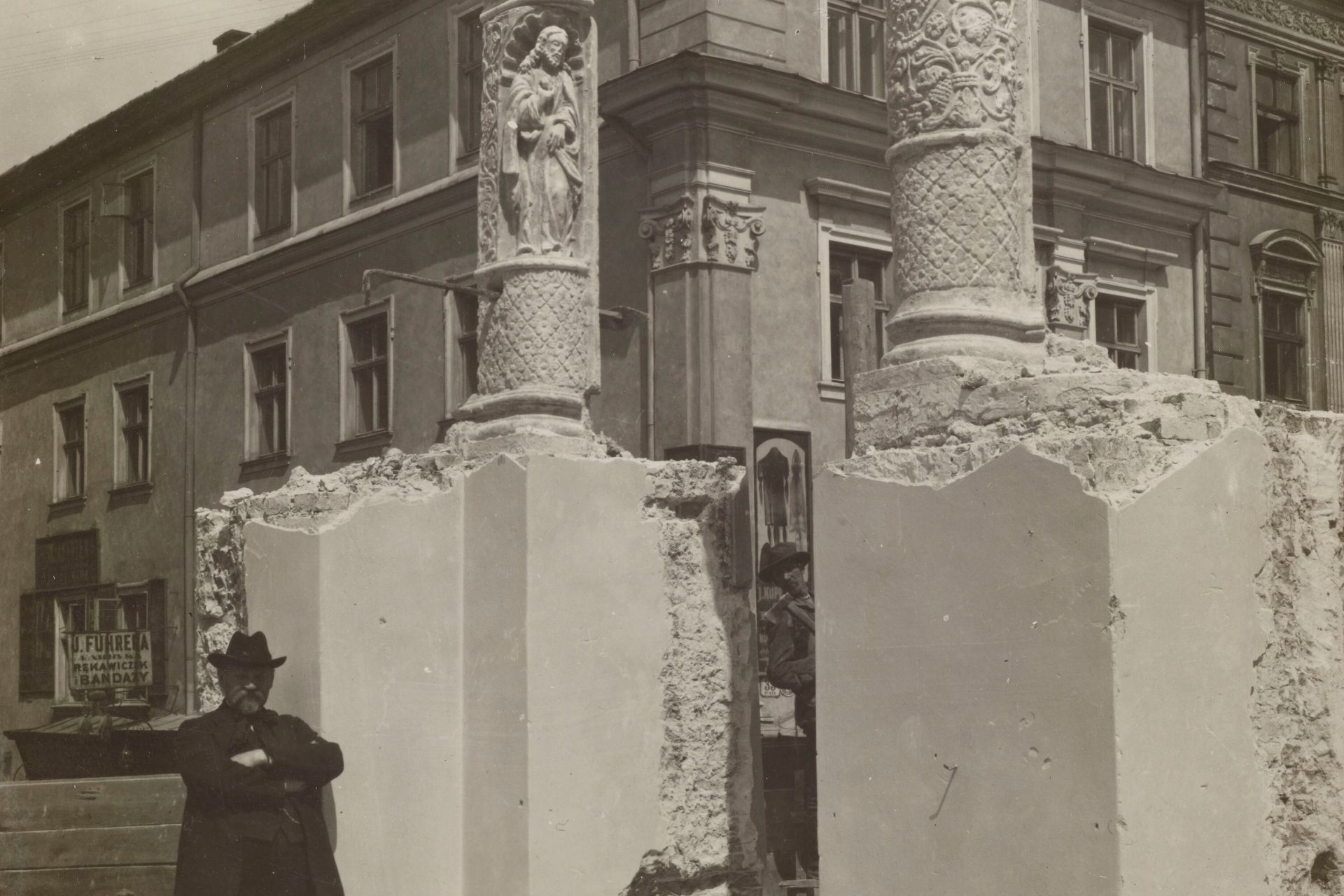Heritage Protection in Habsburg Lviv: Mutual Influences and Interconnections
Olha Zarechnyuk
Center for Urban History14.9.2024, 14:00
Conference Room of the Center for Urban History
We invite you to the lecture by architectural history researcher Olha Zarechnyuk, organized as part of the European Heritage Days 2024.
In 1881, Ukrainian historian Izydor Szaranewycz became one of the correspondents of the Central Commission for the Protection of Monuments in Lviv. By establishing this institution in Vienna in 1850-1853, the history of protecting historical monuments in Lviv and, more generally, in Galicia began.
At the time of his appointment, Szaranewycz had been teaching history at the University for more than a decade, was a member of the administration of the Galician-Rus' Matyca, the Stavropegial Institute, and had published numerous works on the history of the Principality of Galicia-Volhynia. An essential prerequisite for his appointment was his achievements in researching medieval Halych: he was the first to begin archaeological excavations of the city. Despite his complicated relationship with the conservator of monuments, Wojciech Dzieduszycki, Szaranewycz received an invitation from his colleague to join the Central Commission for the Protection of Monuments, which resulted in fruitful cooperation.
Szaranewycz was the only Ukrainian at the First Congress of Polish Historians in Krakow (1880), where they discussed the research of medieval architecture and heritage protection. He regularly attended meetings of the Society of Monument Preservationists "Grona Konservatoriv" in Lviv. This society financially supported the historian's archaeological research in the villages of Chekhy and Vysotske.
Along with this, for different social environments in Lviv and beyond, Szaranewycz's figure posed a mixed picture of political perspectives and his election. He began his professional career closely associated with the Russophile community, from which he later distanced himself; then, he sought ways to create cooperation between Poles and Ukrainians in Galicia. Ukrainian narodowtsi accused him of excessive prudence and loyalism. The historian Łucja Charewiczowa (1938) praised him in contrast to Mykhailo Hrushevsky's generation, which, in her opinion, was more radical in its views and research.
During the lecture, we will take Szaranewycz as an example to trace the influences and interconnections between institutions, individuals, and different Lviv communities involved in heritage protection before the First World War.

Olha Zarechnyuk
Center for Urban HistoryAn architectural researcher, architectural editor of the “Lviv Interactive” project, author of architectural descriptions of buildings, and conducts city walks on architectural topics.
This event is part of the European Heritage Days 2024 program. In 1991, the Council of Europe established European Heritage Days. About 50 countries that have joined the European Cultural Convention celebrate European Heritage Days yearly. This tradition is intended to attract public attention to cultural heritage and its role in the development of modern society. Lviv has been joining the events as part of the pan-European program for fourteen years.
This year's European Heritage Days in Lviv will take place September 13-15 under the theme "Routes, Networks, and Connections." All events within the European Heritage Days program are free of charge and are based on the initiative of people who care about the history of their city.
Credits
Cover Image: Collage by Olha Zarechnuyk
Gallery: Olekasndr Korman










